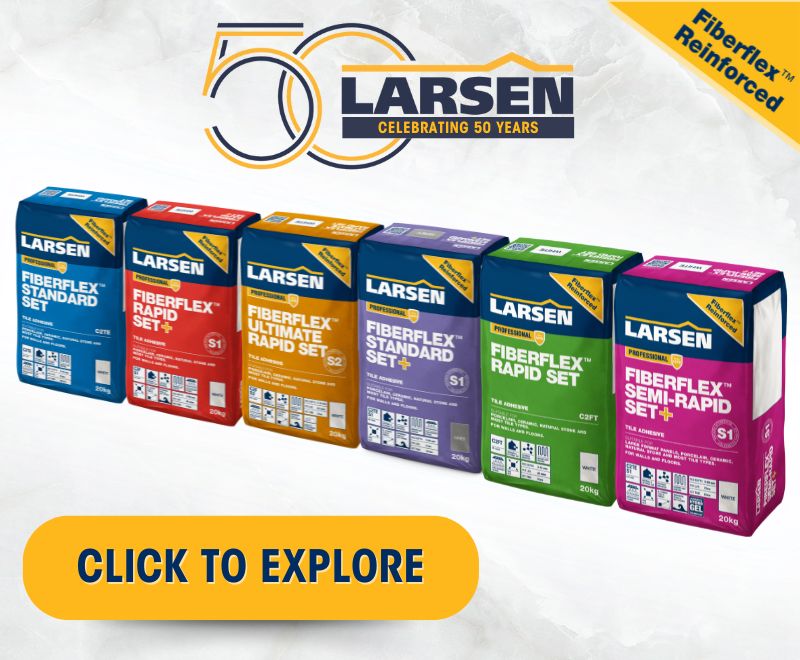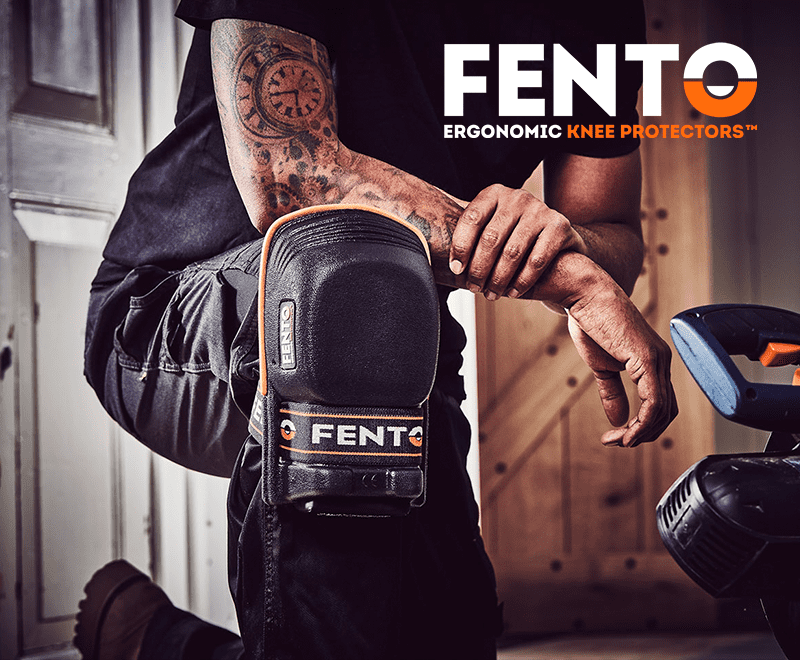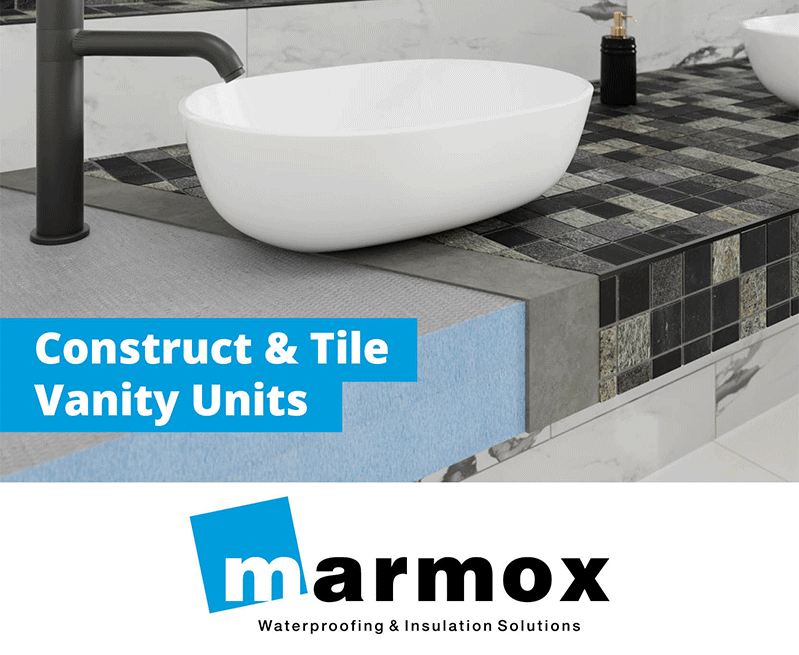Everyone knows what tile adhesive classifications mean don’t they? Or do they? Rob Thorp, ARDEX Group training and technical support manager explains
Did you know that before 1980, tile adhesives didn’t have British Standard classifications and fixers were referred purely to a suitable BAL tile adhesive for the application in hand? This was because Building Adhesives Ltd (BAL) was set-up specifically by the British Ceramic Tile Council (BCTC) in the 1960s.
When the first Code of Practice for wall tiling was published in 1963, with the number BSCP212: Part 1, it only contained an appendix referencing a system for testing adhesives. It wasn’t until October 1980 that British Standards published a specific, separate standard – with BS 5980 introduced with recommendations for the testing of tile adhesives.
Under BS 5980, there were five categories of tile adhesive. Today only three of these would still be recognised, whereby Type 1 was cementitious, Type 2 – Dispersion (ready-mixed) and Type 5 – Reaction Resin adhesives.
Tile adhesives were classified by tensile and shear adhesion testing as either Class B (No requirement for water resistance), Class A (Water-resistant with a slower strength development) and Class AA (Water resistant with a faster strength development).
Additional tests were included for: resistance to mould growth, open and adjustability time and excessive strain development.
It wasn’t until 2001 when the current system of classification as we know it was first introduced to the UK as BS EN 12004:2001.
This introduced a classification with various numbers and letters to help describe tile adhesive characteristics.
These are:
C = Cementitious
D = Dispersion
R = Reaction Resin
1 = Normal characteristics
2 = Improved characterises
T = Reduced slip
E = Extended open time
F = Fast setting
It wasn’t until 2007 that classifications for deformation – S1 and S2 – were introduced to the UK into the tile adhesive standard update BS EN 12004:2007 + A1 2012 as part of their ‘optional characteristics’.
This classed S1 and S2 as:
S1 = Deformable (in conjunction with all the above features, this adhesive also has a deformability of between 2.5mm and 5mm)
S2 = Highly Deformable (this product has a deformability of above 5mm)
What does S1 and S2 mean?
In simple terms, deformability means how much a solid, for example a cementitious tile adhesive, can change shape when a force is applied.
S1 and S2 categories are normally achieved with additional polymer modification of cementitious tile adhesives and is associated with the tile adhesive being ‘flexible’.
It should be noted when testing for S1 or S2 classification that cementitious tile adhesives are tested for transverse deformation not “flexibility”, i.e. polymer modification which allows cementitious adhesive to deform until failure occurs. Flexibility, in simple terms, implies the ability to deform under a relatively low load.
BS 5385: Part 4:2015 advises that: “Note: S2 classified adhesive and unbonded screeds are not suitable in heavily trafficked areas”.
Choose your adhesive on a case-by-case basis
Think about where the adhesive is to be applied? Is the tile adhesive’s characteristics suitable for the application, site environment and conditions? It’s a simple fact of tiling that you should treat each project on a case-by-case basis – each background must be properly assessed and prepared i.e. free from contamination, clean, dry, rigid, stable and capable of taking the types of expected loads imposed upon it without excessive movement or vertical deflection. There are additional application properties which may also be considered – is it easy to mix? Is it easy to trowel out? Would a pourable tile adhesive be a better choice in the case of large format tiles? Maybe you need to build out the adhesives bed thickness (where suitable) in places such as window reveals, or isolated areas on the floor.
Does your adhesive need to set quickly for a fast-track application, or are there temperature / humidity considerations on site where you might benefit from the use of a standard setting adhesive? Alternatively, you may need to allow additional time for the tile adhesive to set in colder temperatures, which should be a minimum of 5deg C and rising.
When selecting a product based on the open-time, working-time and setting times, it’s always advised to check the manufacturers’ Technical Data Sheet. Times stated can be based on differing test temperatures that manufacturers may use and these may not be reflective for the UK climate, weather seasonality, or actual site conditions. For BAL we always state our product timings based on test temperatures of 20deg C.
Although classifications provide a consistent guide, it should be remembered these are specific tests under laboratory conditions. The classification performance simply provides characteristics of the adhesive, but you will still need to consider whether your adhesive is suitable for your individual project in the first place.
Further consideration should be given to the additional information provided by the product manufacturer on packaging and more often the full Technical Data Sheets as these should clearly confirm where the product can or cannot be used, and any additional products or preparatory work that may be required, plus any possible restrictions of use.
Using an S2 with an uncoupling mat
Another interesting question we often get asked: “Can I just use an S2 with an uncoupling mat to get over difficult floors”. Firstly, the use of an uncoupling matting or a highly deformable S2 adhesive will not compensate for a poorly constructed or poorly prepared floor. Floors must still be rigid with no deflection.
An uncoupling mat is used as one method to help tile on problematic floors where we expect movement from the substrate. This movement provides lateral stress (horizontal across the substrate), which if not managed in the installation system will come through to the tiled surface and cause failures.
The use of an S2 tile adhesive instead of a C2 flexible adhesive on top of the uncoupling matting would have no additional benefits and may reduce the impact resistance of the flooring to the loads imposed upon it.
There are however technologies such as S2 adhesive products with additional elastomeric properties, which have anti-fracture properties and can accommodate this movement through lateral stresses, meaning this adhesive could be used on its own removing the need for an uncoupling membrane.
For further assistance and guidance on tile adhesives and their classifications – please contact BAL Technical Advisory Service or your local training and technical support manager.
www.bal-adhesives.com










